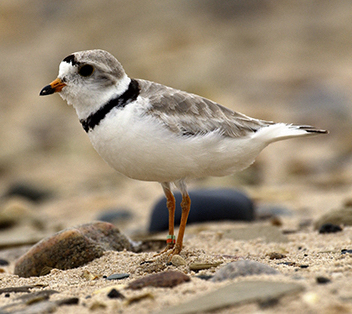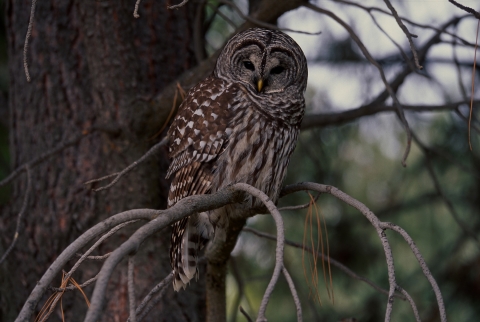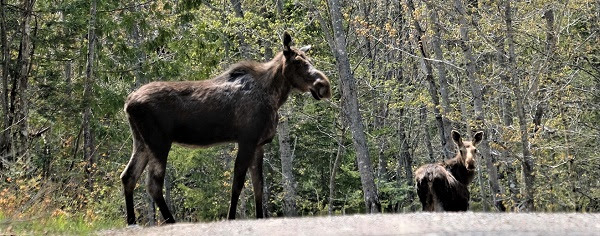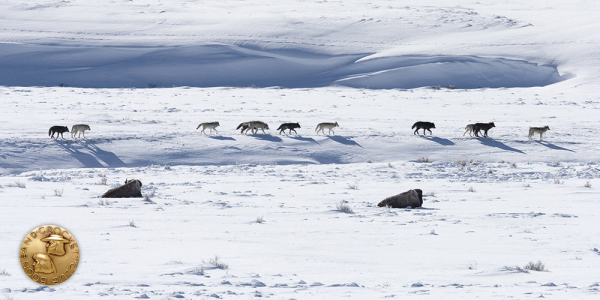A controversial plan to slaughter many thousands of barred owls in the Pacific Northwest has been drafted by the U.S. Fish and Wildlife Service (the Service) in a drastic effort to save threatened spotted owls. Coupled with habitat loss, long-term survival of the declining spotted owl will depend on heavily reducing the population of non-native and invasive barred owls per the Service.
The Service has identified competition from non-native and invasive barred owls as a main threat to the northern spotted owls’ ultimate survival. Barred owls are larger, more aggressive, and more adaptable than northern spotted owls, and thus, displace spotted owls, disrupt their nesting, and compete with them for food. The spotted owl is already struggling because of its reduced habitat and the effect of the barred owls’ presence is an added stressor to an already vulnerable population.
Obviously, facing a moral dilemma to kill one species to save another, the Service has hired an ethicist out of concern for public acceptance.
The Northern Spotted Owl Recovery Plan identified 12 Recovery Actions specific to the barred owl threat, including Recovery Action 29 – “Design and implement large-scale control experiments to assess the effects of barred owl removal on spotted owl site occupancy, reproduction, and survival”.
The Service has conducted an experiment to test the effects of removing barred owls from certain areas of spotted owl habitat to see if it would benefit spotted owls. The Barred Owl Removal Experiment demonstrated success in reducing populations of barred owls and a strong, positive effect on survival of northern spotted owls, which arrested the long-term population declines of northern spotted owls within the removal areas.
The Service has a permit to kill up to 3,600 owls initially and, if the $5 million program succeeds, efforts could continue.
Michael Harris, who heads the wildlife law program for Friends of Animals, believes government should focus on human environmental conflicts and protect habitats rather than scapegoating barred owls. In other words, stop logging to save the birds. However, as our human population grows, so does the need for logs to build homes.
“A decision not to kill the barred owl is a decision to let the spotted owl go extinct,” said Bob Sallinger, conservation director with the Audubon Society of Portland, Oregon. “That’s what we have to wrestle with. I do put the highest priority on preventing extinction, and there is science that shows us this is probably necessary. But this is really a no-win, awful situation we created for ourselves. It is appalling we have to consider these kinds of measures, and incredibly sad.”
To save northern spotted owls, the Service indicated in a draft environmental impact statement that it plans to cull about 20,000 barred owls in the first year, followed by 13,397 birds in the first decade, 16,303 in the second decade, and 17,390 birds in the third decade starting as early as 2025. All tolled, the Service wants hunters to shoot more than 500,000 barred owls.
The 60-day public comment period closes January 16, 2024.
Still, I wonder if owls taste like chicken.









